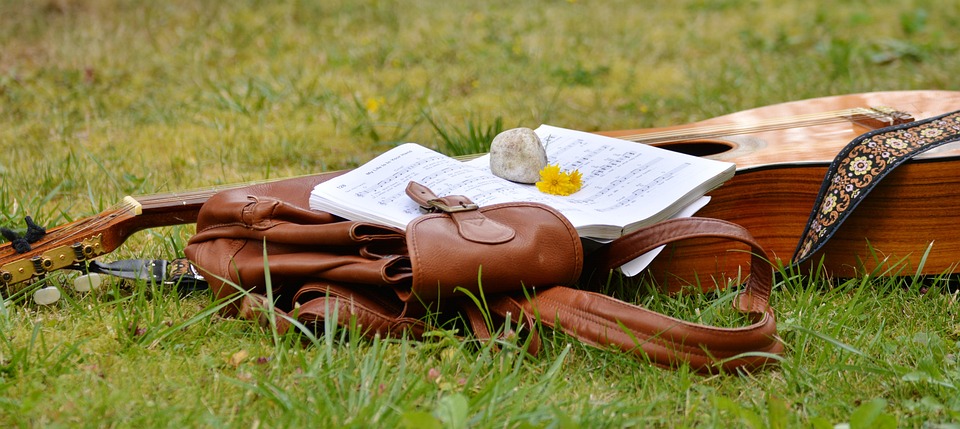Master the Art of String Bending with These Expert Guitar Tips
Master the Art of String Bending with These Expert Guitar Tips
String bending is a fundamental technique in guitar playing that can truly elevate your playing to the next level. By bending a string, you can add expressive nuances, create unique textures, and infuse your playing with emotion and flair. However, mastering string bending can be a challenging task for many guitarists. In this article, we will explore some expert tips to help you improve your string bending technique and take your playing to new heights.
Understanding the Basics of String Bending
Before we delve into the tips for mastering string bending, it is important to have a solid understanding of the basics of this technique. String bending involves physically pushing or pulling a string along the fretboard to change its pitch. This action can be done with the fingers or a combination of the fingers and the wrist. The amount of pitch change achieved through bending can vary, from subtle microtones to full-step or even multi-step bends.
It is essential to have good finger strength and control to execute string bends effectively. Additionally, proper intonation and tuning are crucial when bending strings to ensure that the desired pitch is accurately reached. Developing a keen ear for pitch and tone is also essential for mastering string bending.
Choosing the Right Guitar and Strings
One of the first steps in mastering string bending is ensuring that you have the right tools for the job. The type of guitar and strings you use can significantly impact your ability to execute bends smoothly and accurately. Electric guitars with lower action and lighter gauge strings are generally preferred for string bending due to the reduced amount of finger pressure required to bend the strings.
Additionally, it is important to regularly check the condition of your strings and replace them when necessary. Worn-out or rusty strings can hinder your ability to bend strings effectively and may affect the overall tone of your playing.
Developing Finger Strength and Control
String bending requires a significant amount of finger strength and control, particularly in the fretting hand. To improve your bending technique, consider incorporating exercises specifically designed to strengthen your fingers and improve their flexibility. Practicing scales, arpeggios, and bending exercises regularly can help build the necessary muscle memory and dexterity required for effective string bending.
Start by practicing half-step bends, where you bend the string until it reaches the pitch of the next fret. Focus on maintaining a consistent and smooth bend without over-bending or under-bending the string. Once you feel comfortable with half-step bends, gradually progress to full-step bends and even two-step bends to further challenge yourself and expand your bending capabilities.
Experimenting with Different Bending Techniques
There are several bending techniques that you can explore to add variety and depth to your playing. The most common bending technique is the full-tone bend, where you bend the string up a whole step to achieve a higher pitch. Another popular technique is the pre-bend, where you bend the string before picking it to create a unique and expressive effect.
You can also experiment with adding vibrato to your bends by shaking the bent string back and forth to create a shimmering effect. Double stops and unison bends are other advanced techniques that involve bending two or more strings simultaneously to create harmonies and interesting tonal textures.
Developing a Keen Ear for Pitch and Tone
A critical aspect of mastering string bending is developing a keen ear for pitch and tone. Train your ears to recognize the correct pitch of each bend and strive for accuracy and consistency in your bending technique. Practice playing along with backing tracks or metronomes to improve your timing and intonation when bending strings.
As you bend strings, pay attention to the quality of the tone produced and make adjustments as needed to achieve a smooth and seamless sound. Experiment with different degrees of bend to add dynamics and expressiveness to your playing, but always aim for precision and control in your technique.
Incorporating String Bending into Your Playing
Once you have mastered the basic techniques of string bending, it is time to incorporate this expressive tool into your playing. Experiment with applying bends to scales, chords, and arpeggios to create melodic phrases and licks that showcase your newfound bending prowess. Use string bending to add emotion, drama, and personality to your solos and improvisations, and explore new ways to push the boundaries of your playing.
Remember that string bending is a highly personal and subjective technique, and there are no rigid rules or limitations when it comes to bending strings. Embrace your creativity and individuality as a guitarist, and let your unique voice shine through in your bending technique. With dedication, practice, and a willingness to explore new possibilities, you can master the art of string bending and unlock a world of expressive potential in your playing.






